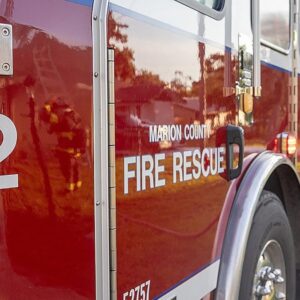INDIAN ROCKS BEACH, Fla. — The white sands of Florida’s Gulf Coast are undergoing a massive restoration effort after three hurricanes battered the region last year. Crews are dredging, trucking, and pumping sand along the 35-mile coastline, which includes Clearwater Beach, Indian Rocks Beach, Belleair Beach, and Redington Beach — all vital to the local tourism economy.
Hurricanes Helene, Milton, and Debby caused widespread destruction, with Helene being the most damaging despite making landfall to the north. In Pinellas County, the storm surge reached up to 8 feet in some areas, resulting in 12 deaths.
County Leads Restoration Amid Federal Hesitation
Unlike previous years, the U.S. Army Corps of Engineers is taking a backseat in this project. The agency now requires private landowners to sign permanent easements granting government access for future projects, a condition met with resistance from many residents.
As a result, Pinellas County is funding the restoration independently, spending more than $125 million in tourism tax revenue. While the county has its own easement program, gaps remain where property owners have refused to sign, which could leave those sections vulnerable in future storms.
“We can’t do it as well as we could,” said Barry Burton, Pinellas County administrator. “We desire to place sand across as much of the beach as we can.”
Scope of the Sand Project
The restoration plan involves moving 2.5 million cubic yards of sand dredged from offshore, widening beaches by as much as 100 feet. In areas where property owners declined easements, new sand is being placed toward the Gulf side of the beach, which is publicly accessible.
The Army Corps emphasized that it cannot justify taxpayer spending on projects with gaps caused by missing easements. “The Congressionally authorized, engineered project cannot provide the level of protection when constructed with gaps,” the agency said in a statement.
Without a continuous stretch of reinforced beach, some properties may remain vulnerable to storm surge, even as others enjoy new dunes and wider sands.
Sulfur Dioxide Pollution Linked to Higher ALS Risk, Study Finds

Funding Challenges and Long-Term Implications
Historically, the Army Corps covered approximately 65% of restoration costs. Now, Pinellas County is footing the entire bill using funds originally earmarked for a new Tampa Bay Rays stadium and related developments, which were canceled.
The Rays’ current ballpark, Tropicana Field, was heavily damaged by Hurricane Milton last October but will be repaired for the upcoming season. The team’s future stadium plans remain uncertain following a sale to a new group of investors.
“This is the last and only time we can do a project of this scale on our own,” said Public Works Director Kelli Hammer Levy. “It’s really important that going forward, we have federal support.”
Sources:
The Associated Press






